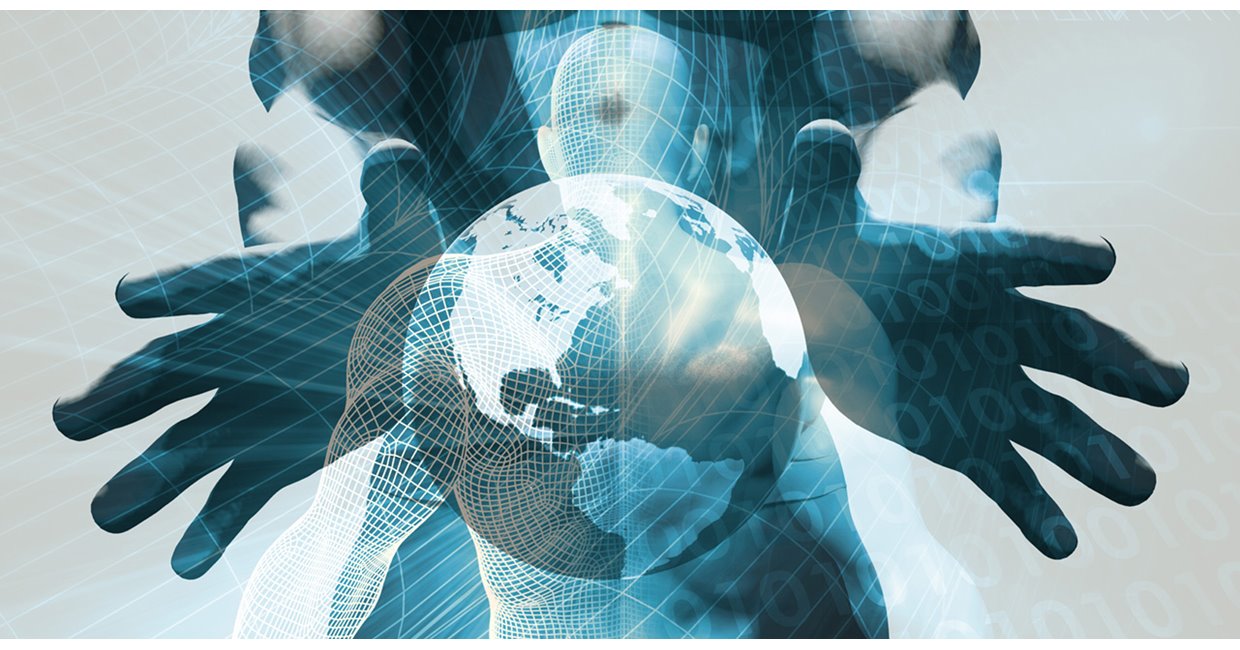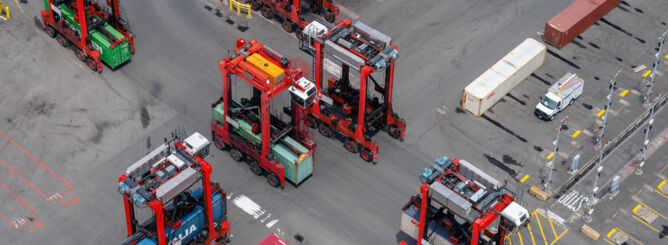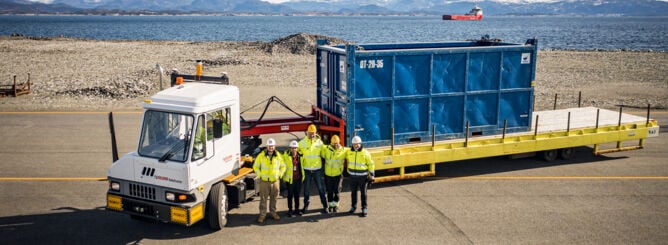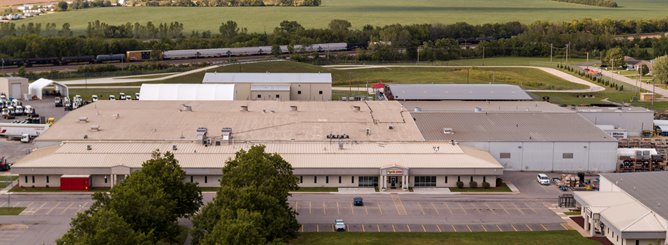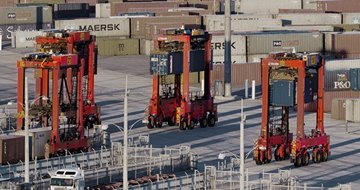Digitalisation is not a product, it’s a systemic change
Digitalisation is a contemporary societal topic among businessmen, scholars, politicians, and citizens. Uber’s disruption of the taxi business is a practical example of the impact of digitalisation that has led to similar business models being adopted in other industries. Digitalisation offers major returns for some and ultimate losses for others, which is similar to Joseph Schumpeter’s concept of “Creative Destruction” that he coined in 1942.
It is important to understand that digitalisation does not refer to a product or service; it is a systemic whole comprising multiple technology-based products, services, and concepts. Many impacts of digitalisation are difficult to observe beforehand, as the impact is systemic rather than a straightforward causal relation.
Traditional strategic management theories are used to analyse company performance and to explain which strategies firms should implement, but they often fail to detect systemic phenomena. Both behavioral economics and human cognition place bounds on the rationality of decision makers seeking to make the right decision in a world of escalating complexity. Moreover, when it comes to digitalisation, the choices inevitably involve changing the status quo, which is always difficult.
Digitalisation is so disruptive because it enables us not only to start optimizing entities that are at least an order of magnitude larger than previously, but also to package this optimisation into sellable services. The reason it is possible now (and wasn’t ten years ago) is that technology is, for the first time, giving us the tools to do it. This process necessarily leads to disruption, since what is optimal for the whole (the entire logistics chain) may well be sub-optimal for the part (an individual terminal or company). However, digitalisation is not just a technological transformation, but also a revolution in thinking, from how we view the concepts of ownership and sharing, all the way to how we lead our organisations.
Big Data and Artificial Intelligence make their impact felt
The machine-building industry that serves global container handling customers – ports and terminals – is a traditional capital-intensive business-to-business industry that has a relatively small number of global players. Of the many sub-concepts that digitalisation includes, Big Data/Artificial Intelligence has emerged as the most prominent technology that can enable disruption in machine building.
Empirical results have shown that Big Data/Artificial Intelligence challenges the ways knowledge is created. It is more effective when machines and their components are connected to data networks, and the technology to accomplish this is both advancing rapidly and becoming more affordable by the month.
The cost, speed, availability, and feature development of Big Data/Artificial Intelligence are primarily driven by other industries in which equipment builders have a relatively small impact like health care. However, an understanding of the possibilities is already making its way to the container shipping industry, from preventive or prescriptive maintenance to data-centric process optimisation. Our market may be behind the curve compared to many other industries, but it is not ignorant. Decision makers understand the value of being able to predict problems before they occur, and they are willing to pay money for it.
The power of platforms
Empirical results have also demonstrated that digital platforms are one of the most powerfully disruptive aspects of digitalisation. The current management of established companies usually has little experience with these new elements, which have a major influence on their business. Digital platforms are especially powerful catalysts of change, since they enable a global network economy in which entrepreneurial knowledge workers contribute to value creation together with startups and multinational corporations.
The development of platforms cannot be stopped or delayed by incumbents in machine-building – or any field. The options for industrial companies are threefold: You can ignore the development, stick your head in the bushes and pretend that none of this is happening. You can try to adapt to it as best as you can. Or, if you have the guts – and the opportunities and capabilities of your company match – you can craft a platform strategy of your own.
Drivers and inhibitors
The idea of a network economy has been around since the 1990s. However, it is only recently, with the introduction of digital platforms, that we have been able to finally make it a reality.
Likewise, though digitalisation is a new and transformational development, the drivers pushing it forward are not. They include classical and rational productivity, lead times, features, quality, and cost. Many of the factors inhibiting digitalisation are also easy to identify, such as the limitations of 3D printing speed or the unwillingness of users to grant access to their data. However, research results indicate that the main thing that is holding companies back is actually limitations in decision-making. Often, managers don’t understand digitalisation, believe that change is not required, or lack the capabilities to carry it out.
The lessons of this are twofold. First is to believe that digitalisation will somehow disrupt the current business of the company. Secondly, the transformation is too complex to be planned, but also requires experimental learning. A recipe for success might be to develop an entrepreneurial mindset, conduct multiple small experiments, and utilise the knowledge of external networks. This enables shaping a strategy through learning, while simultaneously developing the capabilities that the organization will need to thrive in new data- and user-centric business environments.
At the core of it all is this question, which every company and manager should be asking today: How does the generation of value change, as digitalisation a) introduces new technological capabilities and b) enables new ways of thinking about strategic management?
Do you have the answer? Or, more specifically, do you have your own answer to this? If not, have you started to think about it? We all need to, right now.
Matti Sommarberg is a former executive at Cargotec and Kalmar who works as an Industry Professor at Tampere University of Technology in Finland. The thoughts in the article are based on his doctoral dissertation that can be read in full here.
